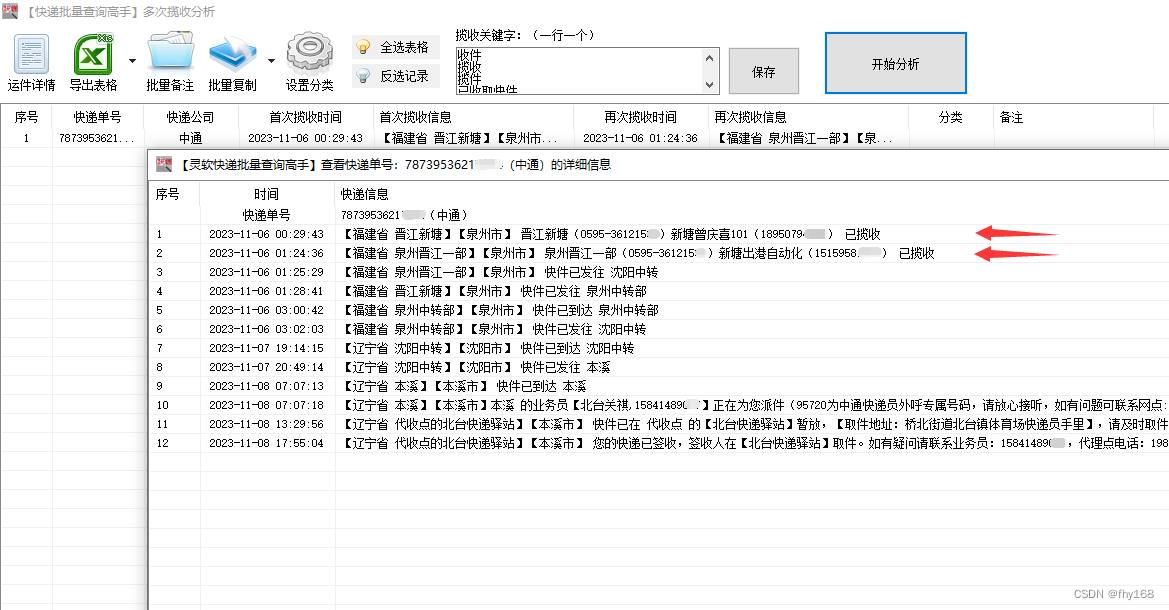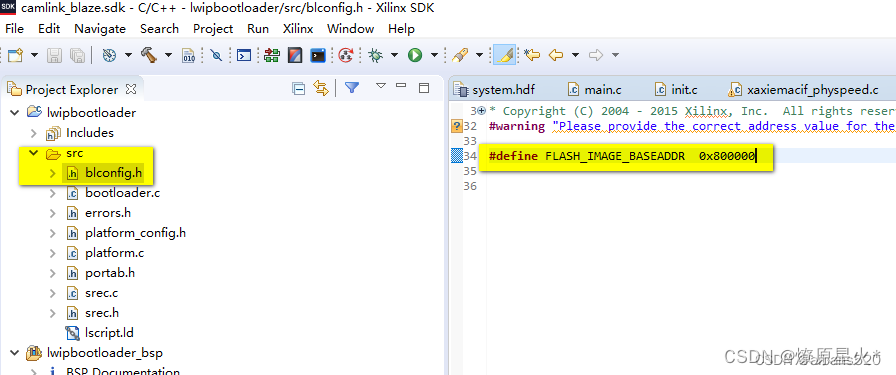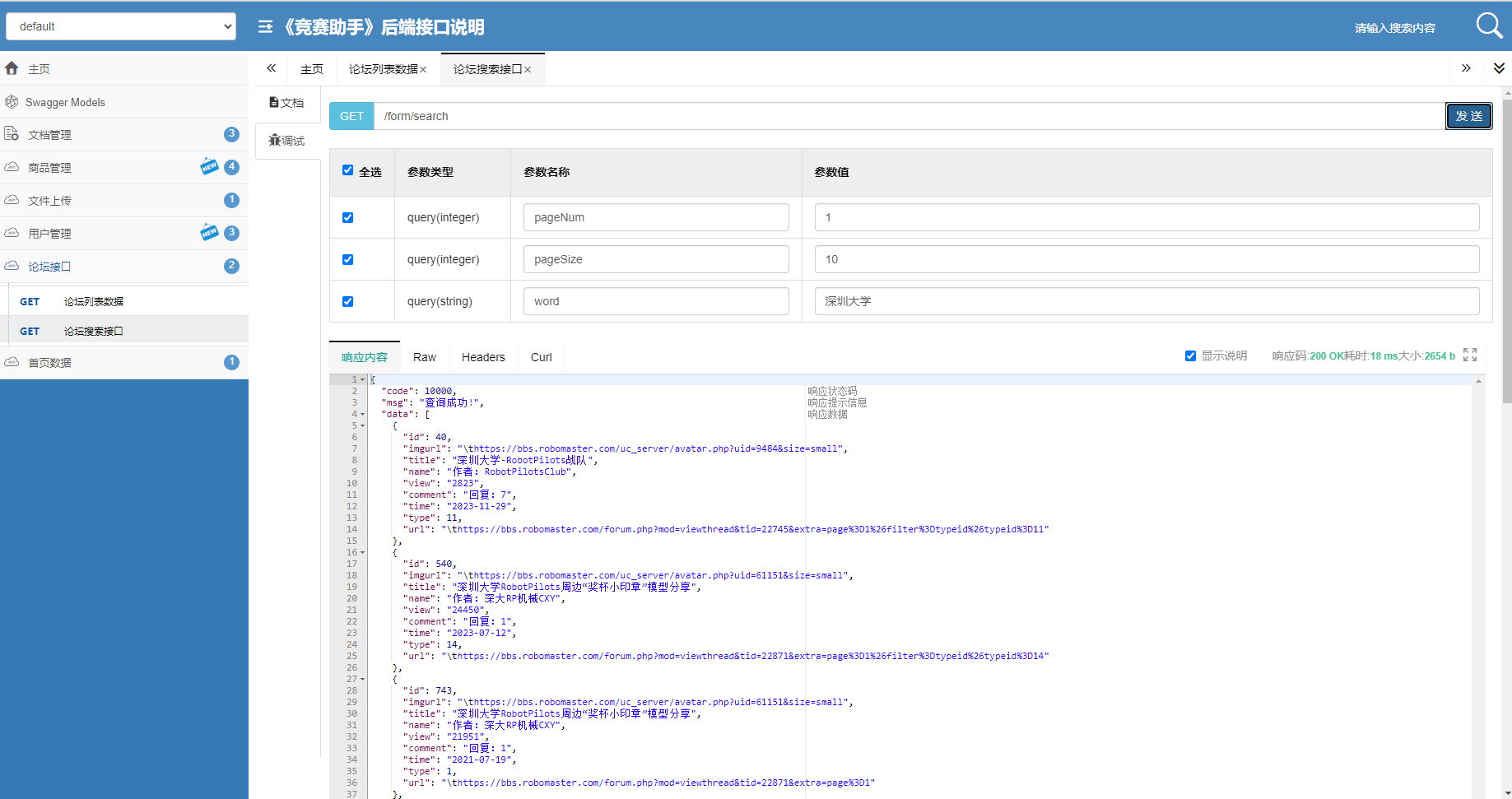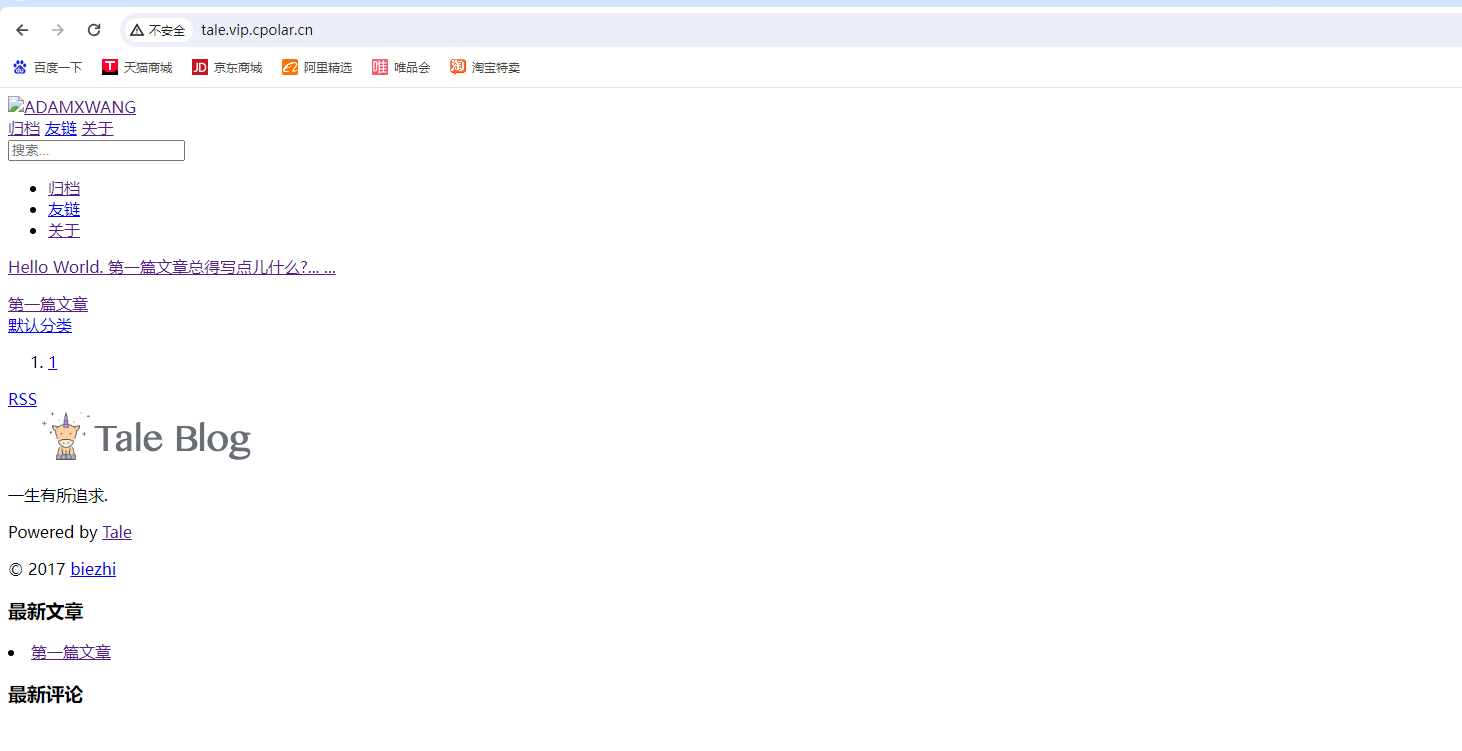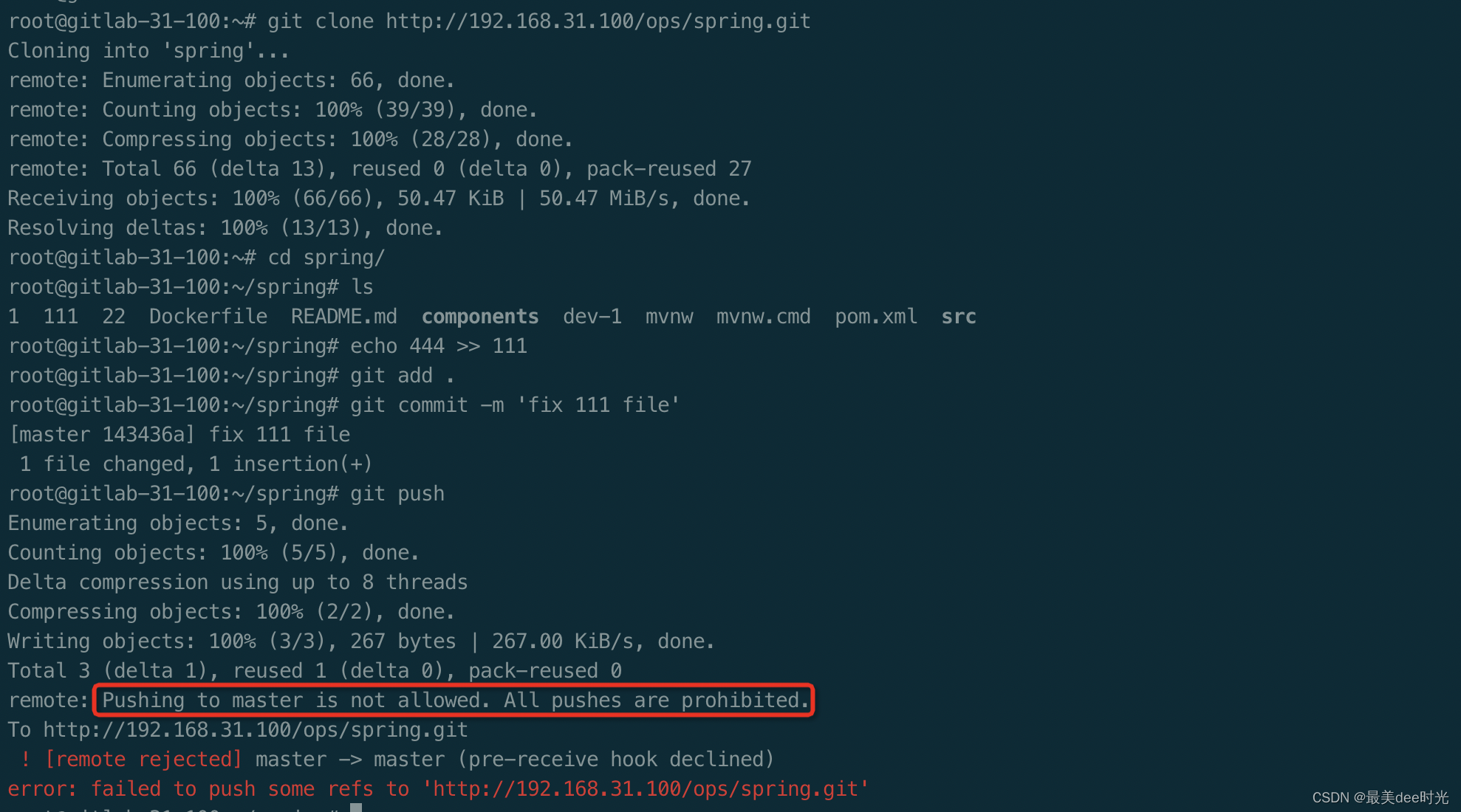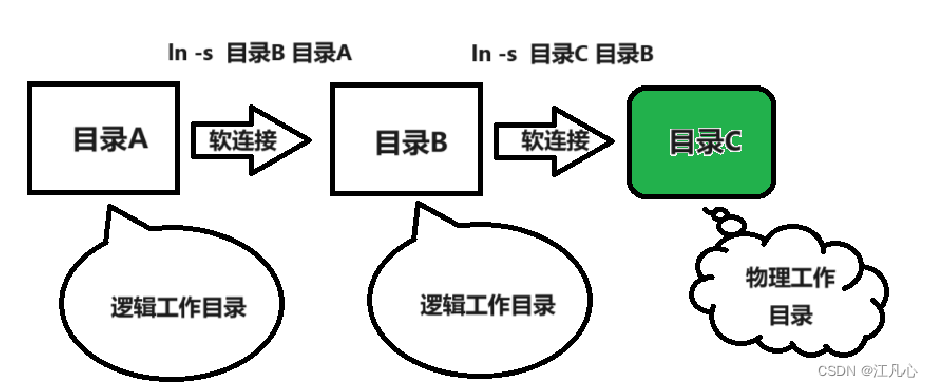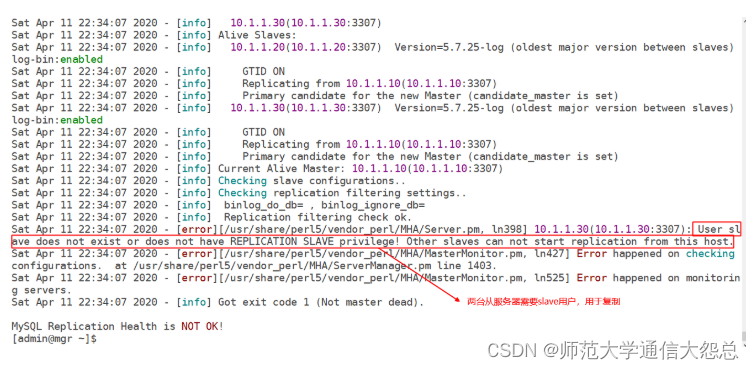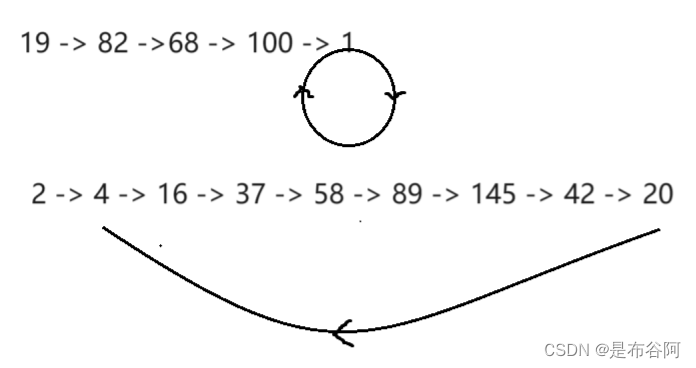常用字符函数和字符串函数的了解和模拟实现
- 前言
- 1. 字符分类函数
- 2. 字符转换函数
- 3. strlen的使用和模拟实现
- 4. strcpy的使用和模拟实现
- 5. strcat的使用和模拟实现
- 6. strcmp的使用和模拟实现
- 7. strncpy函数的使用
- 8. strncat函数的使用
- 9. strncmp函数的使用
- 10. strstr的使用和模拟实现
- 11. strtok函数的使用
- 12. strerror函数的使用
前言
字符函数和字符串函数都是在编程中用来处理字符和字符串的函数。
字符函数是用来处理单个字符的函数,比如查找、替换、转换大小写、比较等操作。常用的字符函数包括:
isalpha():判断一个字符是否为字母;isdigit():判断一个字符是否为数字;islower():判断一个字符是否为小写字母;isspace():判断一个字符是否为空格符;toupper():将一个字符转换为大写字母;tolower():将一个字符转换为小写字母;strchr():在一个字符串中查找指定字符的位置;strstr():在一个字符串中查找指定字符串的位置。
字符串函数是用来处理整个字符串的函数,比如查找、替换、连接、分割等操作。常用的字符串函数包括:
strlen():返回一个字符串的长度;strcpy():将一个字符串复制到另一个字符串中;strcat():将一个字符串连接到另一个字符串的末尾;strcmp():比较两个字符串是否相等;strchr():在一个字符串中查找指定字符的位置;strstr():在一个字符串中查找指定字符串的位置;strtok():将一个字符串分割为多个子字符串。
1. 字符分类函数
C语言中有一系列的函数是专门做字符分类的,也就是一个字符是属于什么类型的字符的。
这些函数的使用都需要包含一个头文件是 ctype.h
| 函数 | 如果他的参数符合下列条件就返回真 |
|---|---|
iscntrl | 任何控制字符 |
isspace | 空白字符:空格 '' ,换页:'\f' , 换行:' \n ',制表符:'\t' 或垂直制表符: ' \v ' |
isdigit | 数字字符0~9 |
isxdigit | 十六进制数字,包括所有十进制数字,小写字母a ~ f ,大写字母 A ~ F |
islower | 小写字母 a ~ z |
isupper | 大写字母 A ~ Z |
isalpha | 字母a ~ z 或者 A ~ Z |
isalnum | 字母或者数字 0 ~ 9 , a ~ z, A ~ Z |
ispunct | 标点符号,任何不属于数字或者字母的图形字符(可打印) |
isgraph | 任何图形字符 |
isprint | 任何可打印字符,包括图形字符和空白字符 |
这些函数的使用方法非常类似:
int islower ( int c );
islower 是能够判断参数部分的 c 是否是小写字母。通过返回值来说明是否是小写字母,如果是小写字母就返回非0的整数,如果不是小写字母,则返回0。
练习:
写一个代码,将字符串中的小写字母转大写,其他字符不变。
#include <stdio.h>
#include <ctype.h>
int main ()
{
int i = 0;
char str[] = "Test String.\n";
char c;
while (str[i])
{
c = str[i];
if (islower(c))
c -= 32;
putchar(c);
i++;
}
return 0;
}
2. 字符转换函数
C语言提供了2个字符转换函数:
int tolower ( int c ); //将参数传进去的大写字母转小写
int toupper ( int c ); //将参数传进去的小写字母转大写
上面的代码,我们将小写转大写,是通过-32完成的效果,有了转换函数,就可以直接使用tolower 函数。
#include <stdio.h>
#include <ctype.h>
int main ()
{
int i = 0;
char str[] = "Test String.\n";
char c;
while (str[i])
{
c = str[i];
if (islower(c))
c = toupper(c);
putchar(c);
i++;
}
return 0;
}
3. strlen的使用和模拟实现
size_t strlen ( const char * str );
- 字符串以
'\0'作为结束标志,strlen函数返回的是在字符串中'\0'前面出现的字符个数(不包含'\0')。 - 参数指向的字符串必须要以
'\0'结束。 - 注意函数的返回值为
size_t,是无符号的( 易错 ) strlen的使用需要包含头文件- 学会
strlen函数的模拟实现
#include <stdio.h>
#include <string.h>
int main()
{
const char* str1 = "abcdef";
const char* str2 = "bbb";
if(strlen(str2)-strlen(str1)>0)
{
printf("str2>str1\n");
}
else
{
printf("srt1>str2\n");
}
return 0;
}
strlen的模拟实现:
方式1:
//计数器方式
int my_strlen(const char * str)
{
int count = 0;
assert(str);
while(*str)
{
count++;
str++;
}
return count;
}
方式2:
//不能创建临时变量计数器
int my_strlen(const char * str)
{
assert(str);
if(*str == '\0')
return 0;
else
return 1+my_strlen(str+1);
}
//指针-指针的方式
int my_strlen(char *s)
{
assert(str);
char *p = s;
while(*p != ‘\0’ )
p++;
return p-s;
}
4. strcpy的使用和模拟实现
char* strcpy(char * destination, const char * source );
- Copies the C string pointed by source into the array pointed by destination, including the
terminating null character (and stopping at that point). - 源字符串必须以
'\0'结束。 - 会将源字符串中的 ’
\0'拷贝到目标空间。 - 目标空间必须足够大,以确保能存放源字符串。
- 目标空间必须可修改。
- 学会模拟实现。
strcpy的模拟实现:
//1.参数顺序
//2.函数的功能,停止条件
//3.assert
//4.const修饰指针
//5.函数返回值
//6.题目出自《高质量C/C++编程》书籍最后的试题部分
char *my_strcpy(char *dest, const char*src)
{
char *ret = dest;
assert(dest != NULL);
assert(src != NULL);
while((*dest++ = *src++))
{
;
}
return ret;
}
5. strcat的使用和模拟实现
- Appends a copy of the source string to the destination string. The,terminating null character in destination is overwritten by the first character of,source,and a null-character is included at the end of the new string formed by the concatenation of both in destination.
- 源字符串必须以
'\0'结束。 - 目标字符串中也得有
\0,否则没办法知道追加从哪里开始。 - 目标空间必须有足够的大,能容纳下源字符串的内容。
- 目标空间必须可修改。
- 字符串自己给自己追加,会出现怎么样的情况
模拟实现strcat函数:
char *my_strcat(char *dest, const char*src)
{
char *ret = dest;
assert(dest != NULL);
assert(src != NULL);
while(*dest)
{
dest++;
}
while((*dest++ = *src++))
{
;
}
return ret;
}
6. strcmp的使用和模拟实现
- This function starts comparing the first character of each string. If they are equal to each other,it continues with the following pairs until the characters differ or until a terminating
null-character is reached. - 标准规定:
- 第一个字符串大于第二个字符串,则返回大于
0的数字 - 第一个字符串等于第二个字符串,则返回
0 - 第一个字符串小于第二个字符串,则返回小于
0的数字? - 那么如何判断两个字符串? 比较两个字符串中对应位置上字符
ASCII码值的大小。
- 第一个字符串大于第二个字符串,则返回大于
strcmp函数的模拟实现:
int my_strcmp (const char * str1, const char * str2)
{
int ret = 0 ;
assert(src != NULL);
assert(dest != NULL);
while(*str1 == *str2)
{
if(*str1 == '\0')
return 0;
str1++;
str2++;
}
return *str1-*str2;
}
7. strncpy函数的使用
char * strncpy ( char * destination, const char * source, size_t num );
- Copies the first num characters of source to destination. If the end of the source C string
(which is signaled by a null-character) is found before num characters have been copied,
destination is padded with zeros until a total of num characters have been written to it. - 拷贝
num个字符从源字符串到目标空间。 - 如果源字符串的长度小于
num,则拷贝完源字符串之后,在目标的后边追加0,直到num个。
8. strncat函数的使用
char * strncat ( char * destination, const char * source, size_t num );
- Appends the first num characters of source to destination, plus a terminating null-character.
(将source指向字符串的前num个字符追加到destination指向的字符串末尾,再追加一个\0字符)。 - If the length of the C string in source is less than num,only the content up to the terminating null-character is copied.(如果
source指向的字符串的长度小于num的时候,只会将字符串中到\0的内容追加到destination指向的字符串末尾)。
/* strncat example */
#include <stdio.h>
#include <string.h>
int main ()
{
char str1[20];
char str2[20];
strcpy (str1,"To be ");
strcpy (str2,"or not to be");
strncat (str1, str2, 6);
printf("%s\n", str1);
return 0;
}
9. strncmp函数的使用
int strncmp ( const char * str1, const char * str2, size_t num );
比较str1和str2的前num个字符,如果相等就继续往后比较,最多比较num个字母,如果提前发现不一样,就提前结束,大的字符所在的字符串大于另外一个。如果num个字符都相等,就是相等返回0.

10. strstr的使用和模拟实现
char * strstr ( const char * str1, const char * str2);
Returns a pointer to the first occurrence of str2 in str1,or a null pointer if str2 is not part of str1.
(函数返回字符串str2在字符串str1中第一次出现的位置)。
The matching process does not include the terminating null-characters, but it stops there.(字符串的比较匹配不包含 \0 字符,以 \0 作为结束标志)。
/* strstr example */
#include <stdio.h>
#include <string.h>
int main ()
{
char str[] ="This is a simple string";
char * pch;
pch = strstr (str,"simple");
strncpy (pch,"sample",6);
printf("%s\n", str);
return 0;
}
strstr的模拟实现:
char * strstr (const char * str1, const char * str2)
{
char *cp = (char *) str1;
char *s1, *s2;
if ( !*str2 )
return((char *)str1);
while (*cp)
{
s1 = cp;
s2 = (char *) str2;
while ( *s1 && *s2 && !(*s1-*s2) )
s1++, s2++;
if (!*s2)
return(cp);
cp++;
}
return(NULL);
}
11. strtok函数的使用
char * strtok ( char * str, const char * sep);
-
sep参数指向一个字符串,定义了用作分隔符的字符集合 -
第一个参数指定一个字符串,它包含了
0个或者多个由sep字符串中一个或者多个分隔符分割的标记。 -
strtok函数找到str中的下一个标记,并将其用\0结尾,返回一个指向这个标记的指针。(注:strtok函数会改变被操作的字符串,所以在使用strtok函数切分的字符串一般都是临时拷贝的内容并且可修改。) -
strtok函数的第一个参数不为NULL,函数将找到str中第一个标记,strtok函数将保存它在字符串中的位置。 -
strtok函数的第一个参数为NULL,函数将在同一个字符串中被保存的位置开始,查找下一个标记。 -
如果字符串中不存在更多的标记,则返回
NULL指针。
#include <stdio.h>
#include <string.h>
int main()
{
char arr[] = "192.168.6.111";
char* sep = ".";
char* str = NULL;
for (str = strtok(arr, sep); str != NULL; str = strtok(NULL, sep))
{
printf("%s\n", str);
}
return 0;
}
12. strerror函数的使用
char * strerror ( int errnum );
strerror函数可以把参数部分错误码对应的错误信息的字符串地址返回来。
在不同的系统和C语言标准库的实现中都规定了一些错误码,一般是放在 errno.h 这个头文件中说明的,C语言程序启动的时候就会使用一个全面的变量errno来记录程序的当前错误码,只不过程序启动的时候errno是0,表示没有错误,当我们在使用标准库中的函数的时候发生了某种错误,就会讲对应的错误码,存放在errno中,而一个错误码的数字是整数很难理解是什么意思,所以每一个错误码都是
有对应的错误信息的。strerror函数就可以将错误对应的错误信息字符串的地址返回。
#include <errno.h>
#include <string.h>
#include <stdio.h>
//我们打印一下0~10这些错误码对应的信息
int main()
{
int i = 0;
for (i = 0; i <= 10; i++) {
printf("%s\n", strerror(i));
}
return 0;
}
在Windows11+VS2022环境下输出的结果如下:
No error
Operation not permitted
No such file or directory
No such process
Interrupted function call
Input/output error
No such device or address
Arg list too long
Exec format error
Bad file descriptor
No child processes
举例:
#include <stdio.h>
#include <string.h>
#include <errno.h>
int main ()
{
FILE * pFile;
pFile = fopen ("unexist.ent","r");
if (pFile == NULL)
printf ("Error opening file unexist.ent: %s\n", strerror(errno));
return 0;
}
输出:
Error opening file unexist.ent: No such file or directory
也可以了解一下perror函数,perror函数相当于一次将上述代码中的第9行完成了,直接将错误信息打印出来。perror函数打印完参数部分的字符串后,再打印一个冒号和一个空格,再打印错误信息。
#include <stdio.h>
#include <string.h>
#include <errno.h>
int main ()
{
FILE * pFile;
pFile = fopen ("unexist.ent","r");
if (pFile == NULL)
perror("Error opening file unexist.ent");
return 0;
}
输出:
Error opening file unexist.ent: No such file or directory
